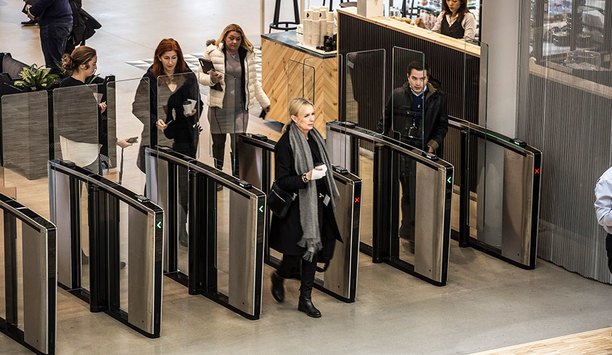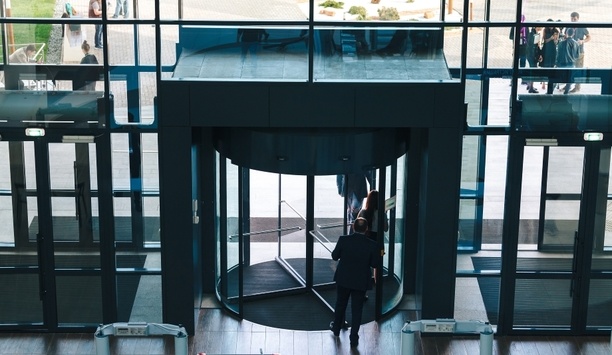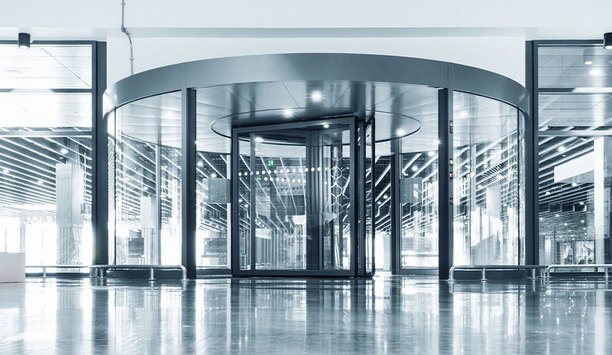Tracie Thomas

Tracie Thomas
Marketing Manager, Boon EdamTracie Thomas is the Marketing Manager for Boon Edam Inc., located in Lillington, NC, a subsidiary of Royal Boon Edam. Boon Edam, Inc. serves the North, Central and South American markets. Tracie has been with Boon Edam for over 7 years and resides in Fuquay Varina, NC.
Articles by Tracie Thomas
The extensive analysis and discussion preceding any decision to implement a new physical security solution – whether it’s hardware, software or a combination of both – often focuses...
Today’s security professionals are tasked with protecting the entirety of a facility or campus from every possible threat. It’s a big task, given the range of solutions available; from cyb...
Revolving doors have been around for well over 100 years since their invention by Theophilus Van Kannel in 1888. As the story goes, Van Kannel, working in a lobby during a cold winter in Philadelphia,...
News mentions
Boon Edam Inc., a global provider of security entrances and architectural revolving doors, announced they are emphasizing tailgating mitigation through integrated technologies in booth #8037 at the IS...
Boon Edam, a provider of security entrances and architectural revolving doors, has announced the availability of Building Information Modeling (BIM) content for its products through an excit...
Boon Edam Inc., a provider of security entrances and architectural revolving doors, and ARCOM, the leader in building specifications, are pleased to announce that Boon Edam’s product data and cu...









































